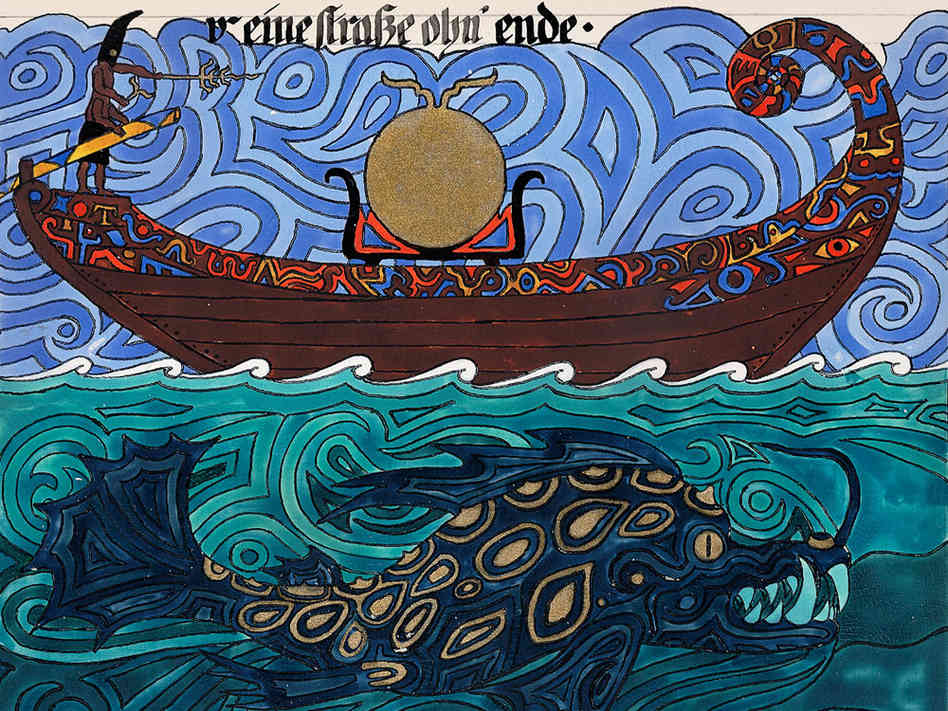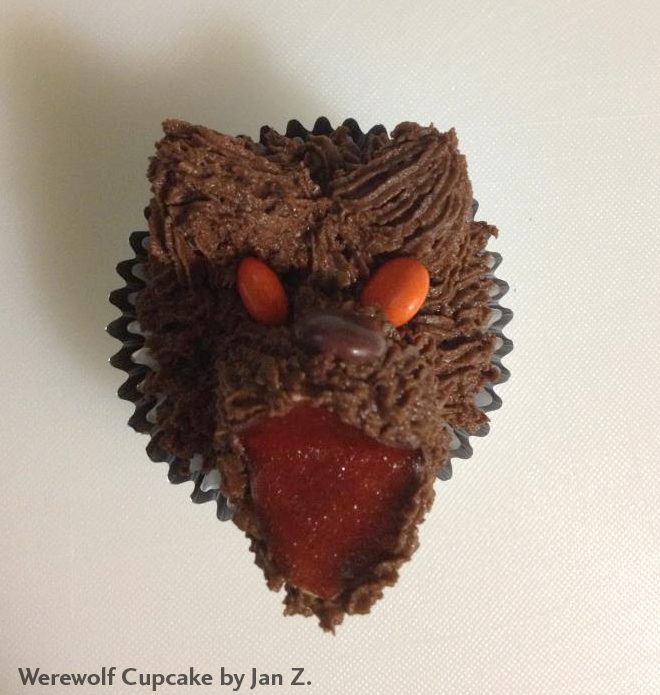
The Moon, Madness and The Artist
Subscribe in iTunes
After emerging from the water’s edge of the lovely Star maiden, the Archetypal Tarot podcast heads to the eighteenth card of the Major Arcana – the Moon. Sounds romantic, doesn’t it? But what’s this – a barking dog, a howling wolf and a …. lobster climbing from the depths?!?! Julienne Givot and Cyndera Quackenbush have a WTF moment as they explore the depths of this surprising, surreal imagery incorporating the archetype of the Artist and the penchant for creative madness.
Our hero of the Tarot Journey has reached her dark night of the soul and finds that she has spiraled back to the dark wisdom behind the High Priestess’s veil. In relation to the “lunacy” encountered in the moon, Julienne presents to us the Artist archetype and its shadow. Cyndera shares some highly personal details and a passage from Carl Jung’s Red Book. The following films, discussed in this edition, beautifully illustrate the Moon themes of madness, creativity and dreams: The Hours, Eternal Sunshine of the Spotless Mind and The Science of Sleep.
The lunatic, the lover, and the poet
Are of imagination all compact.
~William Shakespeare
Popular associations for the Moon:
• Lack of clarity —– Tension —– Doubt —– Fantasy
• Deception —– Psychological conflict —– Obscured vision
• Confusion —– Illusion —– Fear —– Imagination —– Worry
• Romanticism —– Anxiety —– Apprehension —– Unrealistic ideas
Film and Fiction References:
- The Hours (2002)
- Eternal Sunshine of the Spotless Mind (2004) & Science of Sleep Directed (2006) by Michel Gondry
- Vincent Van Gough – Lust for Life (1956) , Vincent and Theo (1990)
- Pi (1998)
- David Lynch – Blue Velvet (1986)
- Fight Club (1999)
- Being John Malkovich (1999)
- The Piano (1993)
- A Beautiful Mind (2001)
- Bob Geldof in Pink Floyd The Wall (1982)
Books:
Valis by Philip K Dick
Sacre Bleu by Christopher Moore
The Bell Jar by Sylvia Plath
Girl Interrupted by Susanna Kaysen
Artists:
Salvador Dali , Basquiat, Frida (to name just a few. . .)
Related Articles:
An Artist Walks into a Monastery by Julienne Givot
Exploring Artistic Creativity And Its Link to Madness
Creativity and Madness
Artist (Artisan, Craftsperson, Sculptor, Weaver)
The Artist archetype embodies the passion to express a dimension of life that is just beyond the five senses. The Artist psyche is animated with the energy to express it into physical forms. The nature or relative grandeur of any form of expression is irrelevant; a chef can be as much of an artist as a painter or landscaper. The signature of artists is not in what they do but in how intense their motivation is to manifest the extraordinary. Doing what you do in such a way that you create an emotional field that inspires others also indicates the Artist energy at work, as does the emotional and psychological need to express yourself so much that your well-being is wrapped up in this energy.
The shadow Artist comprises many cliches, including an eccentric nature and the madness that often accompanies genius. The Starving Artist represents the fear of financial ruin or the belief that fame and fortune come only after death, which often cause artists to suppress their talents. In evaluating your relationship to this archetype, recognize that the need to bring art to others, such as dedicating part of the energy of your life to supporting artists, is as much an expression of the Artist archetype as actually holding a brush in your hand.


